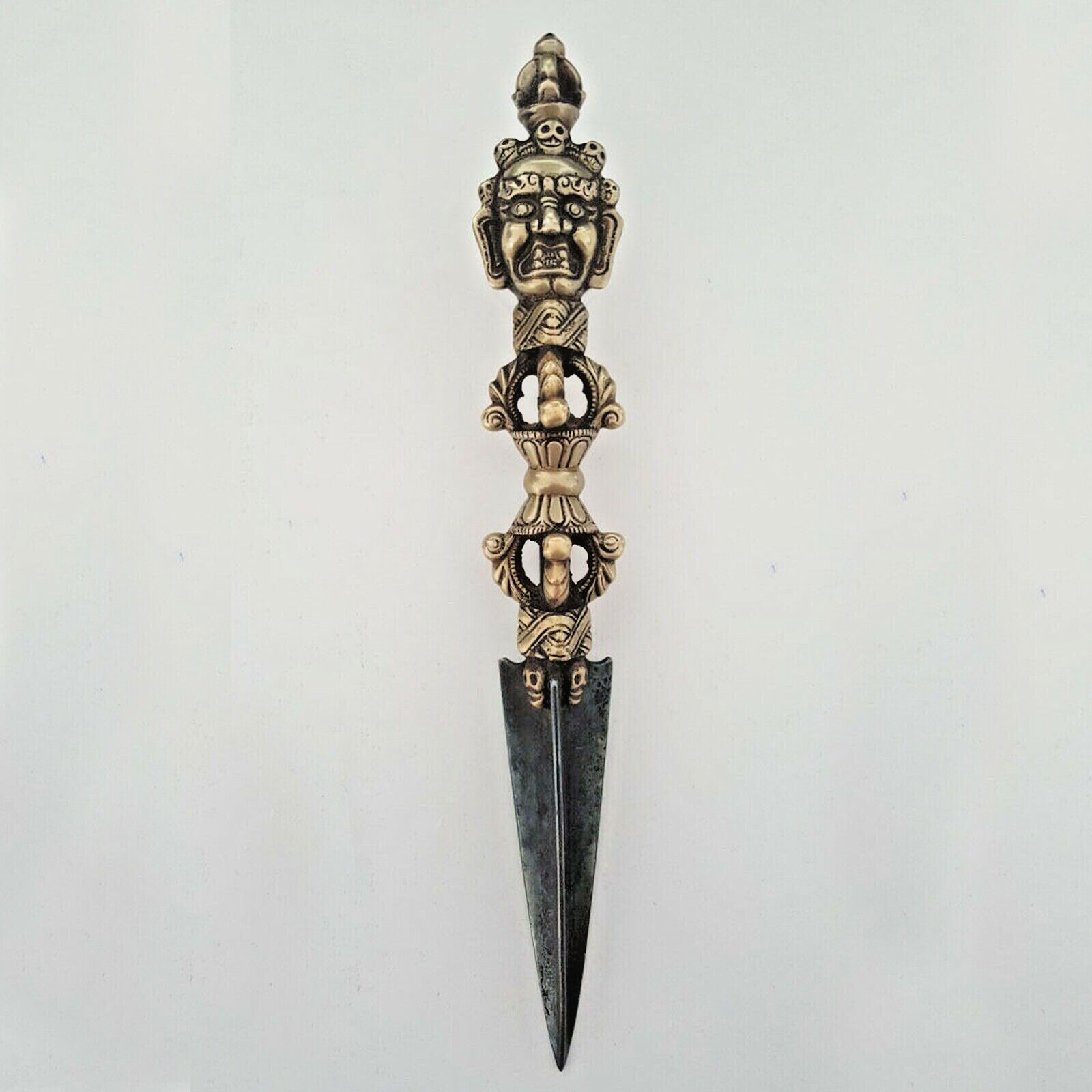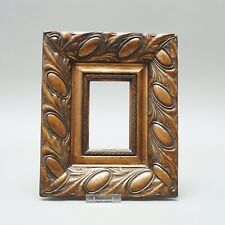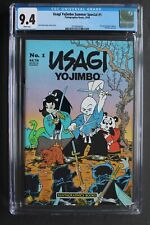When you click on links to various merchants on this site and make a purchase, this can result in this site earning a commission. Affiliate programs and affiliations include, but are not limited to, the eBay Partner Network.
9.7" Bronze & Iron Fierce Mahakala Tibetan Buddhist Tantric Ritual Dagger PhurbaKila
“You come from your tree…
You, the Great Black One, the Great Crow.
Glorious Six-Armed One, homage and praise to you!
Sternly protect the doctrine of the Buddha!”
- The energy of the Phurba is fierce, wrathful, piercing, affixing, and transfixing
- This is a really long one, 9.7" long, the longest I have ever seen!!
- Mahakala is a fearsome protector deity, often recognizable by his angry, tooth expression and his crown of 5 skulls
- He is often seen as an emanation of Chenrezig, just as His Holiness the Dalai Lama is
- Mahakala appears above a full vajra dorje, and the upper end of a dorje appears above his head, which is a beautiful design element
- the phurba or kila was first usedby Padmasambhava in the 8th century
- polished bronze over a beautiful long iron blade
- traditional 3 sided blade -the sides of the Phurba destroy the three poisons: attachment, aversion, delusion
- PLEASE NOTE: this ritual item has no power of its own. The power is symbolic and comes through the ritual practice, the practitioner and the teacher in a Buddhist setting ONLY
- In this category you will find tantric ritual daggers or nails that are known by the name of Phurba in Tibetan or Kila in Sanskrit. The three sided Kila (representing the three root poisons transformed into their enlightened nature) is most typically associated with the wrathful deity Vajrakilaya. He is also known in Tibet as Dorje Phurba and is usually seen depicted with his consort Khorlo Gyedunma. Vajrakilaya is embodied in the kîla as a means of liberating violence, hatred, and aggression
- the 3 sided blade is held in the mouth of the mythical sea creature Makara and represents the power to transform the "3 poisons", or kleshas, into wisdom
- Idid a great deal of reading about the symbology and use of the phurbaand there is a multitude of information out there, quite a fair amountof it contradictory! Please see the additional information I haveattached below the listing.***
Buy With Confidence:
We are practicing Buddhists
We respect the importance of these religious materials
We use the same products that we sell
USA-based
***MUCH MORE ABOUT THE PHURBA:
The fabrication of kīla is quite diverse. Having pommel, handle, and blade, kīla are often segmented into suites oftriunesonboth the horizontal and vertical axes, though there are notableexceptions. This compositional arrangement highlights the numerologicalimportance and spiritual energy of the integers three (3) and nine (9).Kīla may be constituted and constructed of different materials andmaterial components, such as wood, metal, clay, bone, gems, horn orcrystal.
Like the majority of traditional Tibetan metal instruments, the kīla is often made from brass and iron (terrestrial and/ormeteoriciron. lcags)means "sky-iron" in Tibetan and denote tektites and meteorites whichare often high in iron content. Meteoric iron was highly prizedthroughout the Himalaya where it was included in sophisticatedpolymetallic alloys such asPanchalohafor ritual implements. Thehandle generally has a triune form as is common to the pommel andblade. The blade is usually composed of three triangular facets orfaces, meeting at the tip. These represent, respectively, the blade'spower to transform the negative energies known as the "three poisons" or"root poisons" (Sanskrit:mulaklesha) of attachment/craving/desire, delusion/ignorance/misconception, and aversion/fear/hate.
In Sanskritit is called the kilaya or the kila, and in Tibetan it is called thephurba, phurpa. The phurba is also called 'the magic dagger'. 'Phur' istranslated from the Sanskrit 'kila' and it means peg or nail.Padmasambhava is widely assumed to have invented the phurba.Padmasambhava used the phurpa to consecrate the ground when heestablished the Samye monastery in the 8th century. The phurba is athree-sided stake that is used in Buddhist rituals. Because Tibet hasalways been a nomadic culture, the tent is an important part of Tibetanlives, and placing the tent pegs into the ground is always seen assacrificing the ground. The shape of the phurpa may have come from thestake used to hold down tents.
Thethree-sided style of the phurba comes from an ancient vedic tool usedto pin down sacrifices. The phurba has three segments on its blade. Thethree segments represent the power of the phurba to transform negativeenergies. These energies are known as the 'three poisons,' and areattachment, ignorance, and aversion. The three sides of the phurba alsorepresent the three spirit worlds, and the phurba itself represents theaxis of the three spirit worlds. The phurba brings the three spiritworlds together. The handle of the phurba represents 'wisdom', while theblade represents 'method'.Thephurba is often stabbed down into a bowl of rice or other grains inTibetan rituals. Phurbas can be made from wood, bone, or metals such ascopper and brass. If more than one metal is used to make a phurba, it isdone in a combination of three or nine metals, which are bothmeaningful combinations numerically.Thereare always carvings at the top of phurpas. Some popular images areskull heads or Buddha heads. Sometimes the Buddha heads come in threesto mirror the blade, so that each way the blade is turned, there isalways a Buddha's head facing you.Thephurba symbolizes stability, and it is often used during ceremonies.The phurba is often used by Tantric practitioners. The phurba can alsohold demons in place. Only those who are empowered to use the phurpa mayuse it in these rituals. The phurba can be used to tether negativeenergies during ceremonies, or as a stabilizer. The blade on a phurba isnever sharp, it is only used as a ritual dagger, not an actual weapon.Thephurpa is also used by Dorje Phurba a.k.a. Vajrakilaya, who is thewrathful form of Vajrapani (who is one of the wrathful deities).Vajrakilaya is often seen holding the phurba on Buddhist statues andthangkas (Buddhist paintings). Vajrakilaya is a wrathful deity whoremoves obstacles. Vajrakilaya's consort is Khorlo Gyedunma, and she is amanifestation of the Green Tara.Phurpasare only to be used ritualistically by Shamans or those who have beentaught how to properly do so. To use the phurba, practitioners firstmeditate, then they recite the sadhana of the phurba, and invite thedeity to enter the phurba. They then stab the phurba into the ground, orinto a bowl of rice or grain, and imagine that the evil spirits ornegative energies are underneath the blade. Phurpas can also be used asdecoration in homes and temples, and many use phurbas as part of theirmeditation rooms
TheTibetan Buddhist phurba represents a dagger (although phurbas are notsharp) and is used in Buddhist Tantric philosophy to represent theability to overcome obstacles and destroy evil. The phurba is alsocalled a kila or kilaya. The kilaya is used in Himalayan shamanicceremonies as well as in Buddhism.
View more great items









